It’s that time of year when we redecorate the blog and change the wallpaper with the help of our contributors and their photography skills. That’s right, it’s the 4th annual EcoEvo Blog Photo Competition!
Last year the editors bestowed the challenge of judging the photographs on an unbiased, third party so they could participate without anyone calling foul on the fairness of the awards process. This year, we decided to continue the tradition, but who among us is really qualified to judge the EcoEvo photographs? How about an expert, wildlife photographer!
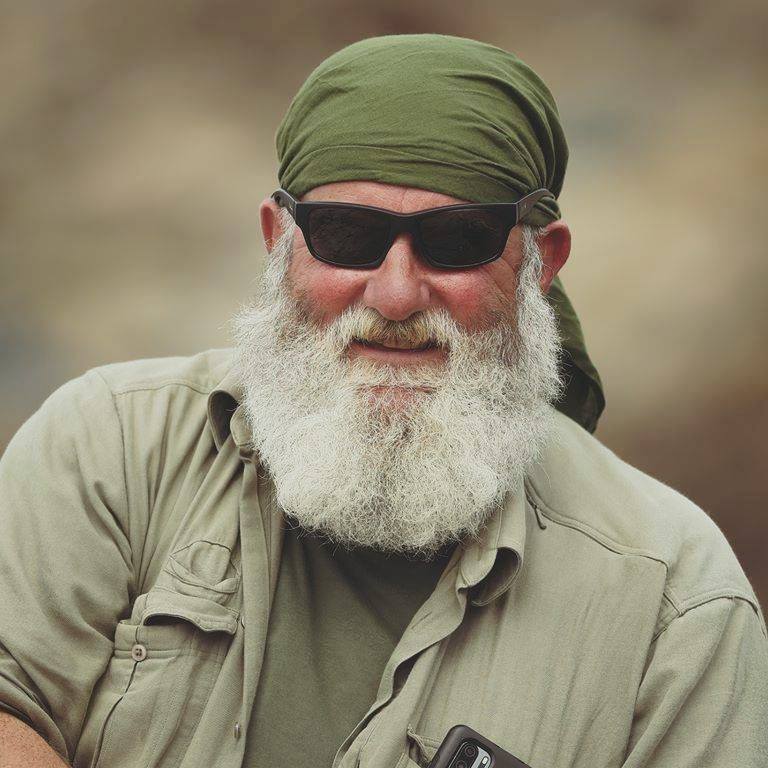
We asked the award-winning, wildlife photographer John Holden (@WildAboutWexford on Facebook) if he’d be interested in judging our competition to select the finalists that will get put to a vote among the EcoEvo contributors. John is an incredibly talented wildlife photographer with a passion for wildlife and a talent for capturing vivid, crisp images of Ireland’s animals. By any standard he’s an ideal judge for our competition, and we were very excited when he said he would be delighted to be a part of our project. Not only did John select the finalists for our competition – he also gave us an interview about his incredible photography, including advice for anyone looking to improve their shutterbug game!
While we send off John’s choices to get voted on by the EcoEvo contributors (the winners will be announced next Friday), enjoy this rare opportunity to hear from one of the best in the business!
A (Brief) Interview with John Holden
Editor: John, you’re a two-time winner of the Biodiversity Photographer of the Year and also winner of the People’s Choice vote for your 2017 photo. We would be absolutely remiss if we didn’t ask you for some advice for our aspiring wildlife photographer readers (and writers!) – how do you deal with fast-moving subjects to get the perfect shot?
John: There is no ‘perfect shot’ although we all spend our time chasing it – I’ve never taken a shot that I don’t find some fault in.
Fast moving subjects are the most frustrating to capture, particularly when it’s a wild animal that moves unpredictably. I find that spending as much time as possible, in the best light possible, with the best equipment possible are good starting points. After that prepare to be frustrated and possibly learn some new swear words. It’s like everything else – the more shots you take, the better you eventually get – also, the more shots you take the better chance you have that at least one of them will work out for you. It doesn’t matter how good your subject is, how expensive your gear is or how willing your subject is: if Lady Luck doesn’t show up it’s hard to capture magic.
The Dolphin shot you see here was the result of 5 or 6 weeks of driving from Wexford to West Cork and basically learning how to photograph Dolphins. To be honest, sharing shooting info isn’t necessarily helpful, but for those of you that enjoy it, this was 1/8000 F4 ISO 2000 Canon 7D Mk II / EF 70-300L USM. More important than the technical information was trying to learn to anticipate the dolphin breaking the surface. Hugely frustrating but really satisfying when a shot works out. All of my shots get tidied up in Lightroom and or Photoshop, depending on what’s required. Purists kick against editing, but to me it’s an integral part of the process.
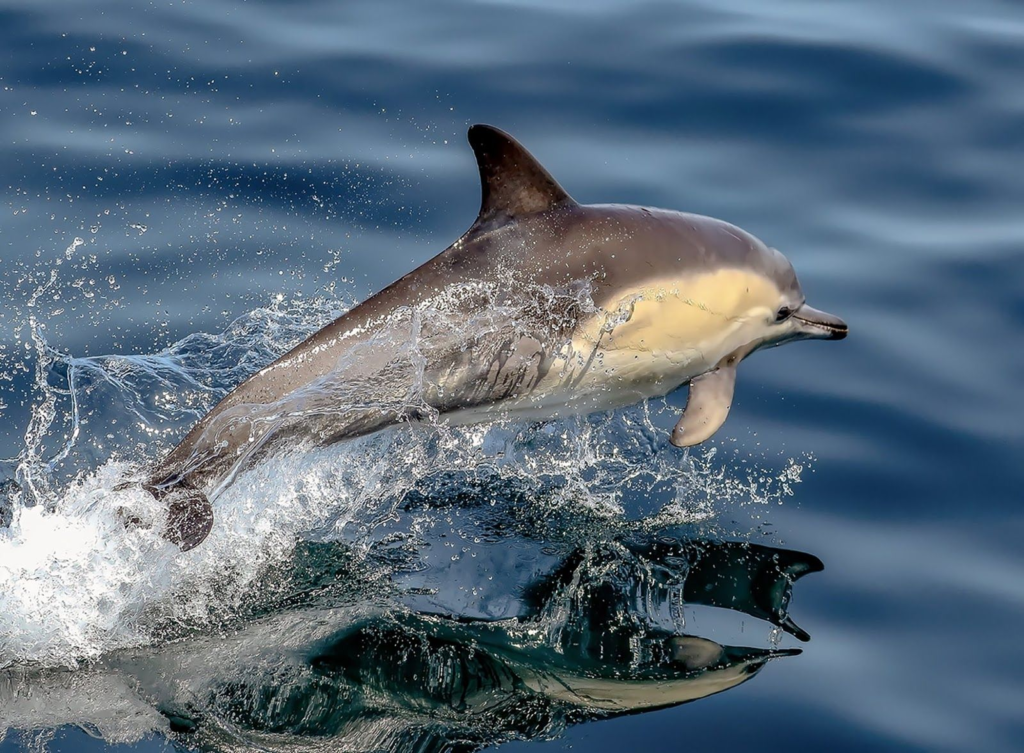
Editor: Do you have a favourite subject for photographing (e.g. birds, mammals, sea life)? And are you ever tempted to photograph any non-wildlife subjects?
John: If I had to pick a favourite it would be Cetaceans, Humpback Whales in particular. I have come nowhere near my ideal shot yet – they are difficult subjects to capture, but again – when you get them the payoff is great!
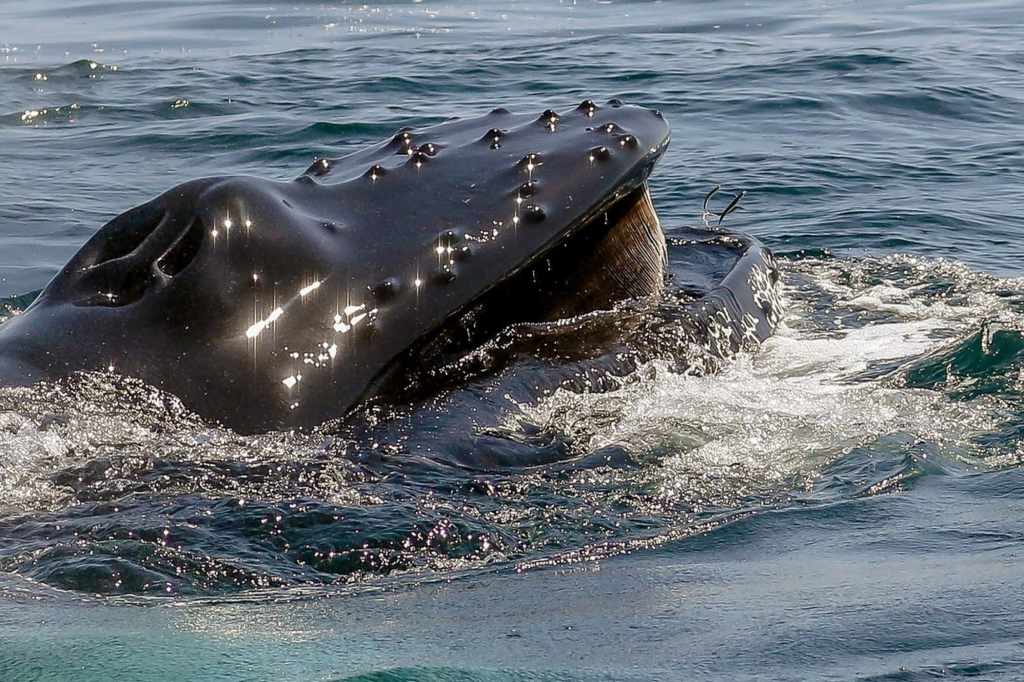
I’m a big fan of candid street photography. I took this shot of Punks in Camden Town a few years back & I believe it’s the best street shot I’ve taken to date. The same disciplines apply to wildlife & street photography: they’re both about taking candid shots of interesting subjects that don’t particularly want their photographs taken. There are elements of stalking & field craft necessary whether it’s a Common Lizard in Wexford or a Skinhead in Carnaby Street.
I took this photograph at 300mm without the subject’s knowledge. I then approached them, gave them a few quid and took a series of shots – and not one of those posed shots held a candle to the candid image seen here.
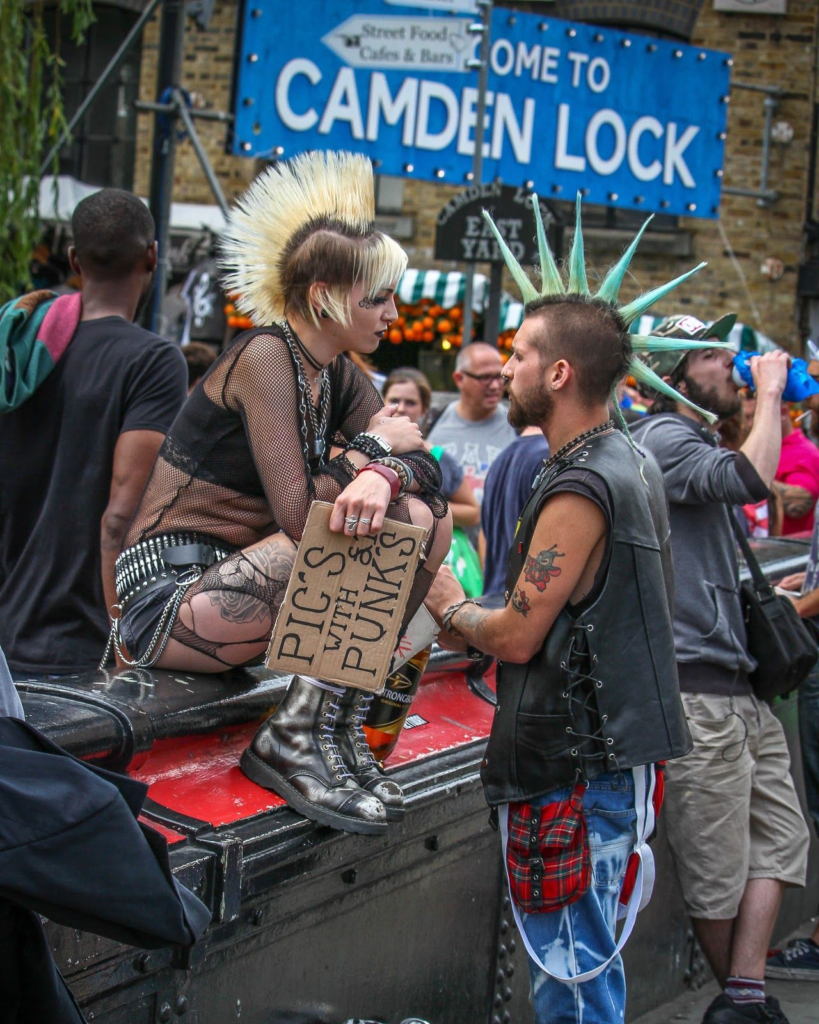
Editor: Do you have a favourite photograph you’ve taken? And did you know it was going to be your favourite when you were taking it?
John: The iconic image of a Puffin with a bill full of Sandeels has always eluded me for some reason [ Lady Luck again ] Multiple trips to the Saltee Islands off Wexford every year produced some truly memorable shots – but not the one I wanted so badly. My first trip to the island this year was much later than usual due to lockdown, so I was buzzing getting off the boat and onto the island. I was on the island 5 minutes when my friend tapped me on the shoulder and pointed to the subject about 4 metres from where we were standing. I dropped to my knees and shot off a few frames – I knew instantly that I was going to have a shot that in my opinion had been worth waiting for.
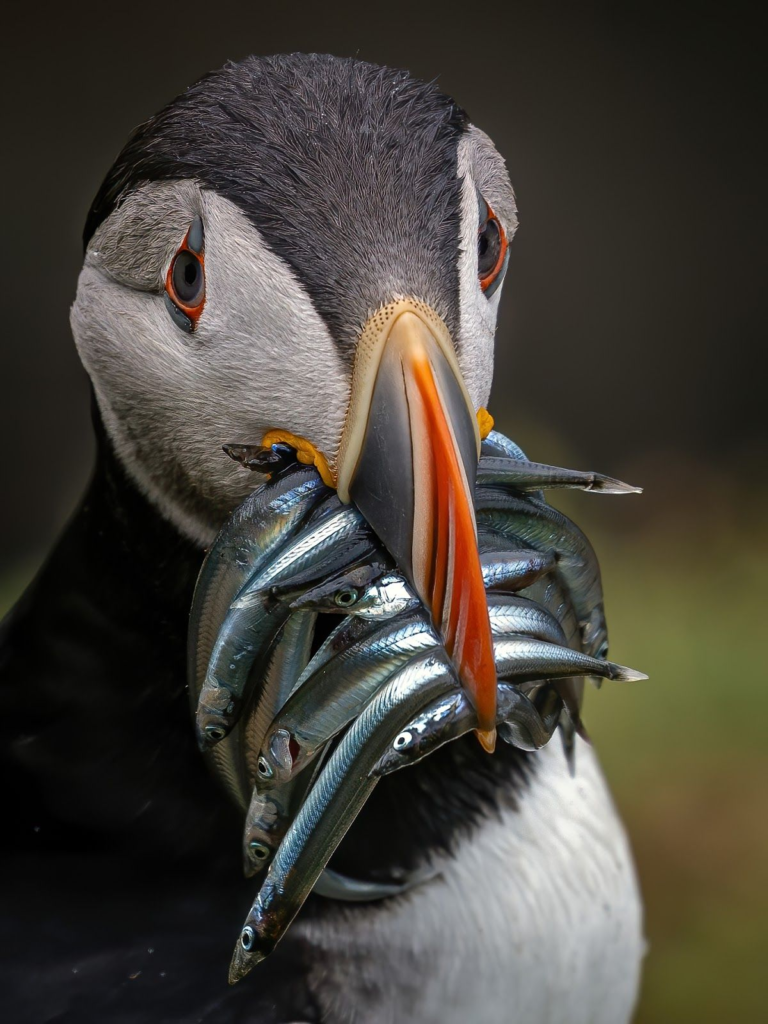
Editor: Are you working on anything at the moment you’d like to share (e.g. planning an outing to photograph a specific subject)?
John: The most exciting project I’m hoping to get to is capturing my garden birds – I built a small hide & pond in the garden during the first lockdown and I’m looking forward to finding the time to get out there with a flask of coffee and get a few shots. I had planned many more Whale/Dolphin trips, then there was the Red Deer Rut in Killarney – all Covid cancelled – so I’m not making any plans at the moment. So garden photography is as exciting as things are going to get in the short term.
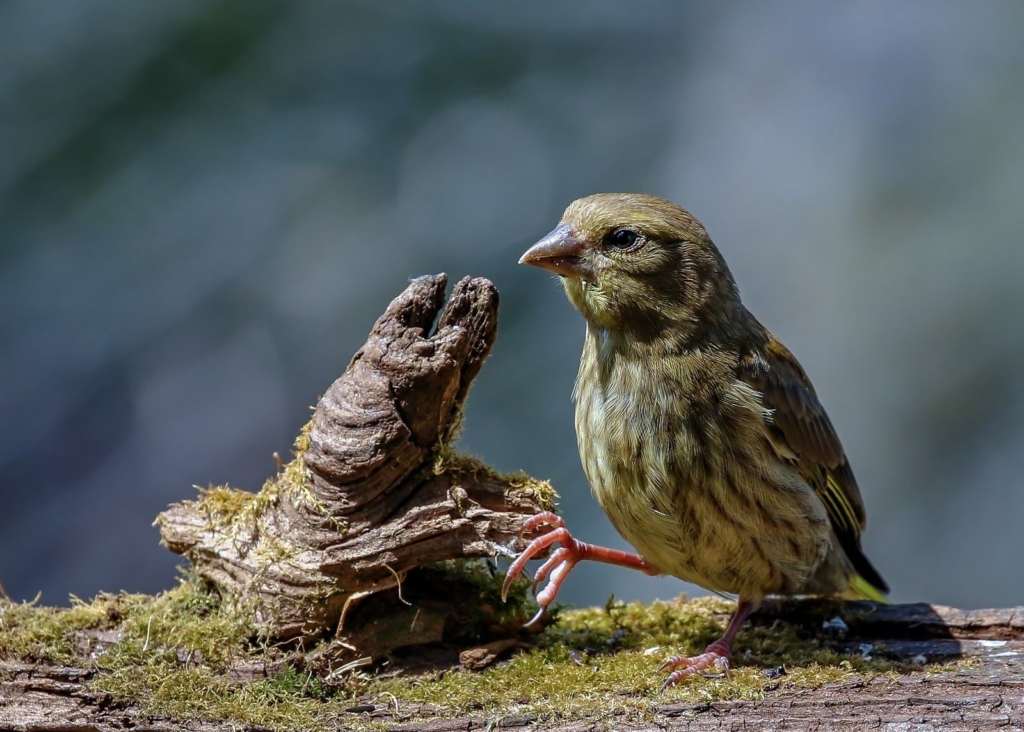
Editor: John, it’s been a real honour having you judge our photo competition and selecting our finalists. Is there anything else you’d like to say to our competition entrants?
John: Photography to me is about capturing experiences, it’s about exploring the natural world. In the past I’ve been too hung up on getting the pin sharp photo, nowadays capturing behaviour is more important than the technical worth of the final image. I still always try and create a beautiful image, but it has to be interesting too.
The other HUGE lesson I’ve learned is to put down the camera every now and again and totally absorb what I’m seeing, rather than worrying about catching the shot. I’ve lost potentially great shots by doing this, but I don’t regret any of them. Sometimes it’s more important to immerse yourself in the moment than to take home a two dimensional image.
I’ve really enjoyed all your photographs – it is of course always difficult to pick some and not others and I’ve taken the responsibility seriously. I haven’t been looking for technically brilliant photography, but rather interesting shots, shots I haven’t seen before, compositions I haven’t seen before. And of course, shots I wish I’d taken myself.
Editor: Thank you very much, John! It’s been a real treat to have a wildlife photographer of your calibre sharing your thoughts and experience (and helping us pick the finalists for our 2020 Photo Competition). And thank you for sharing so many of your beautiful photos. I think it’s fair to say all of us who submitted entries are glad you’re judging the competition and not entering it yourself!
To see more of John’s stunning photos, we highly recommend following him on Twitter (@wildaboutIRL) and checking out his Facebook page, where you can also find out about ordering prints of his work. It’s one thing to see a photo on a screen, but they take on a totally different, impressive quality in person!
Now we wait on tenterhooks while John’s choices get put to the vote to select an overall winner. Don’t forget to check in next week to see the winners and all the entries displayed in their full glory!
